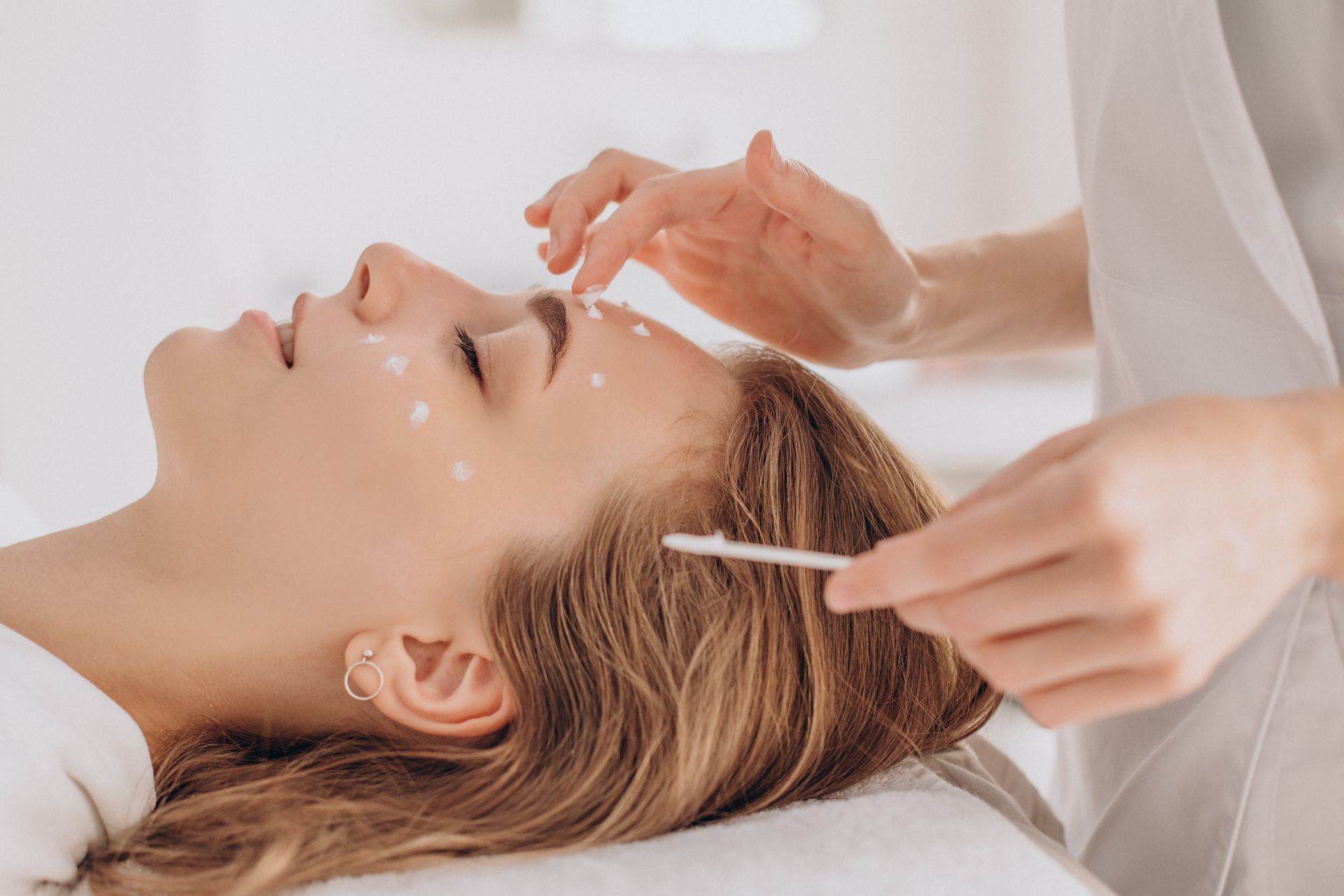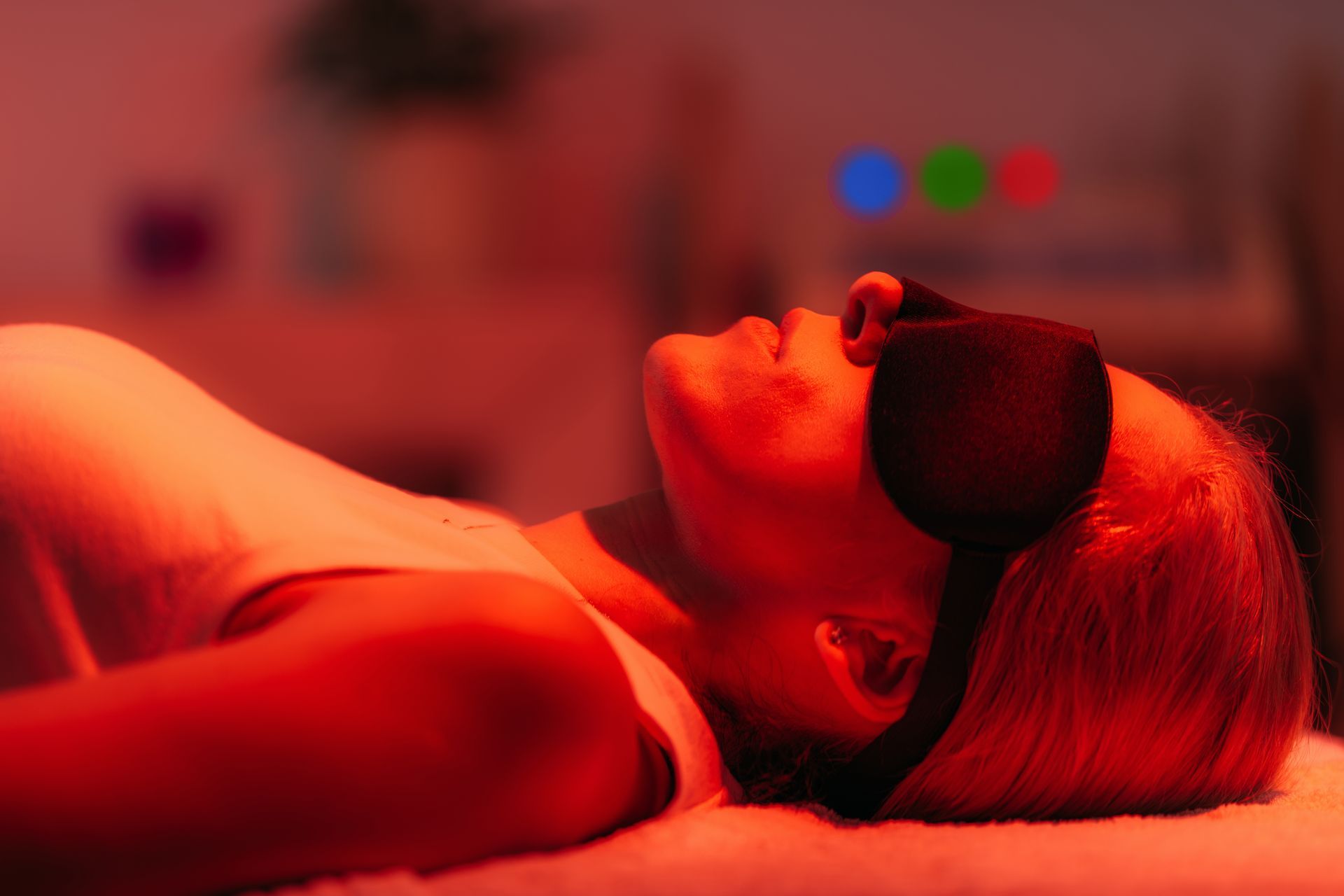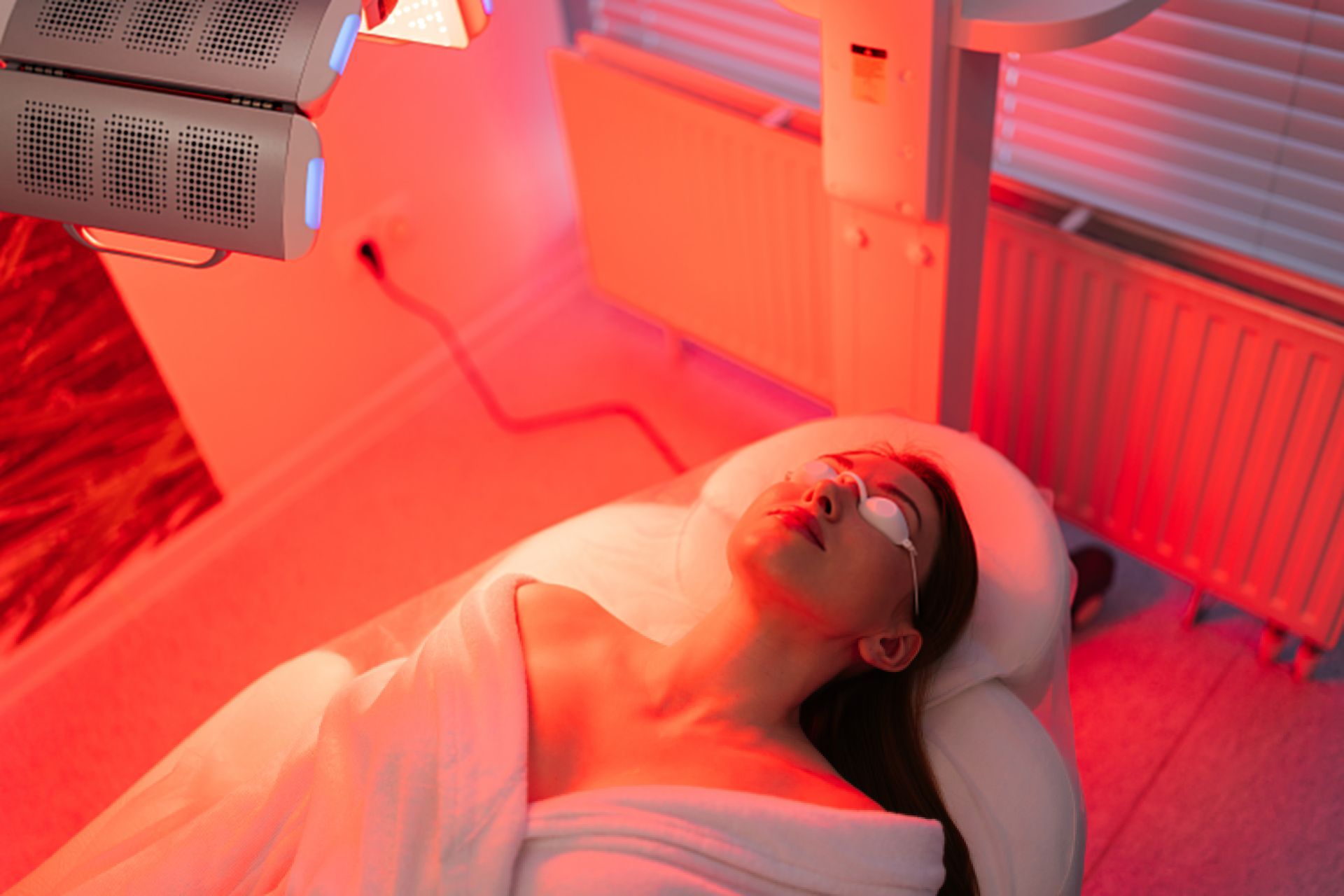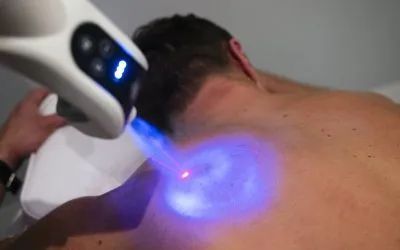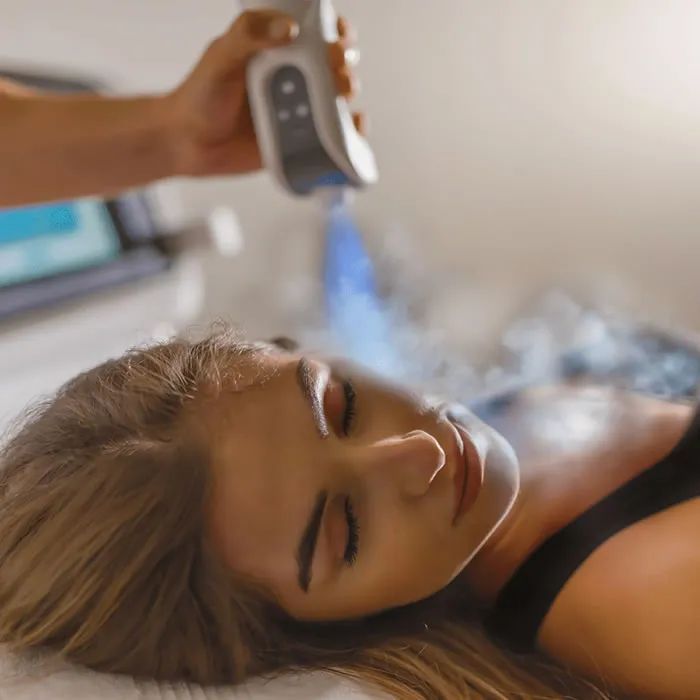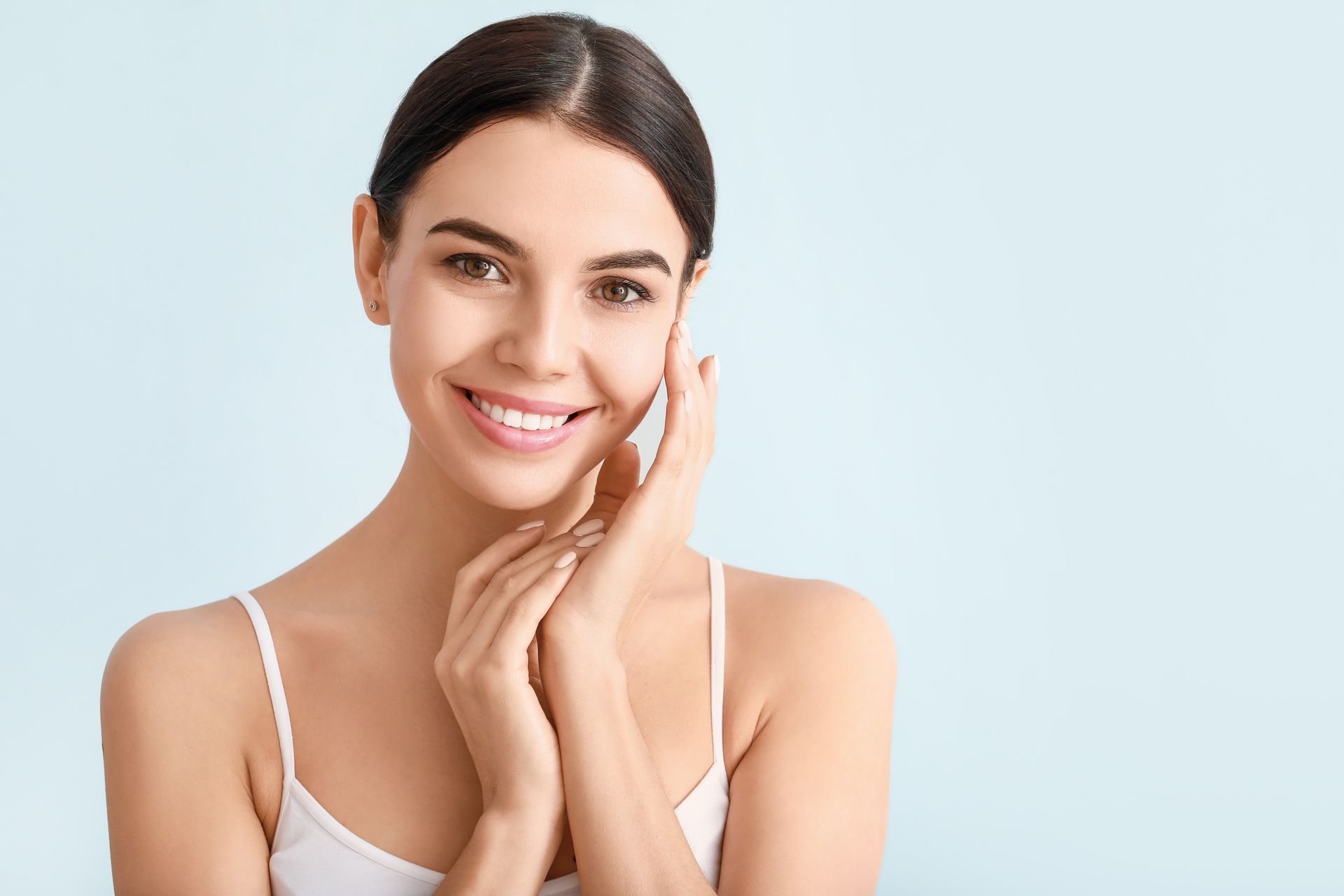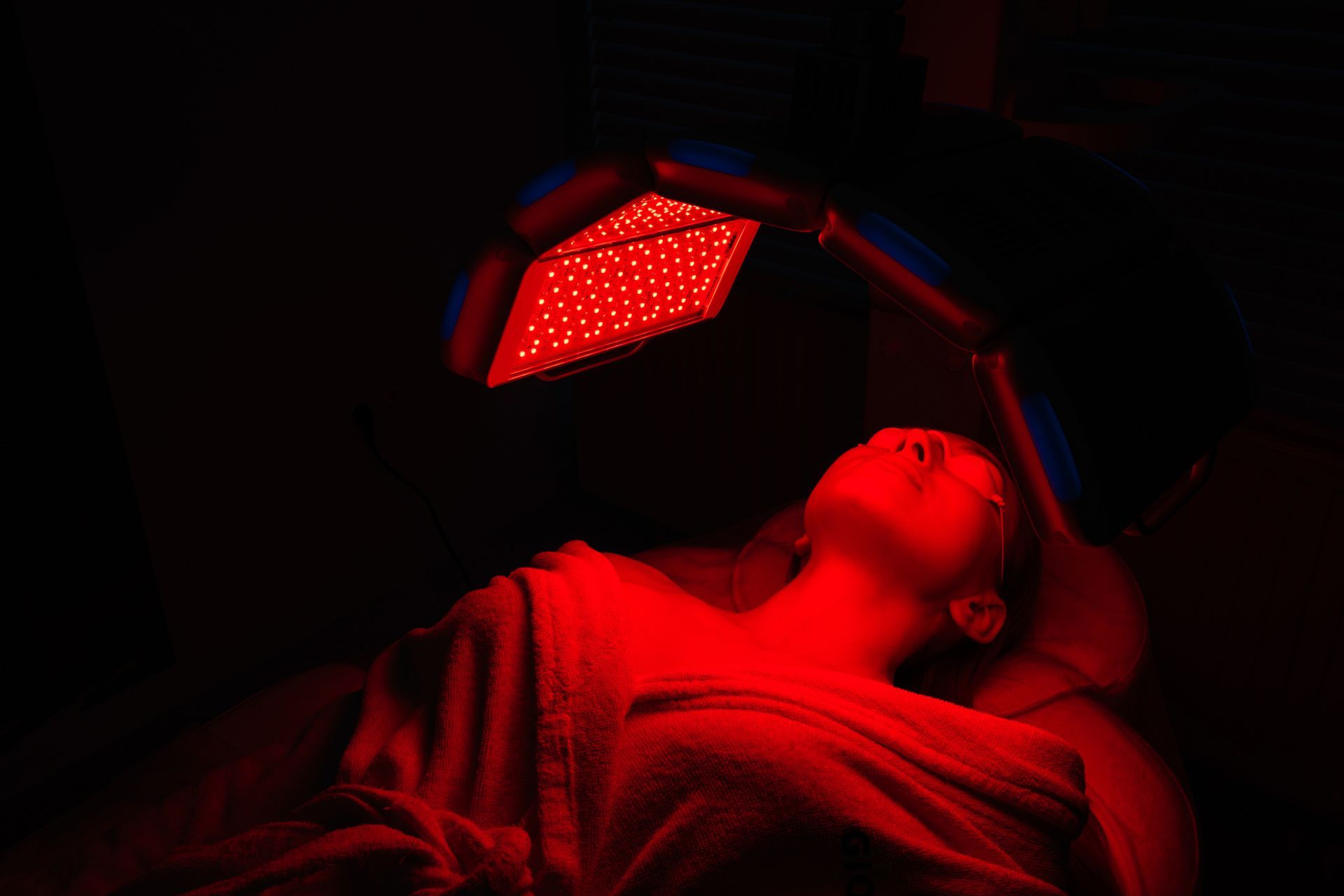Get In Touch
Call: (434) 299-9495
Email: blueridgecryo@gmail.com
Mailing Address: 21430 Timberlake Road, Lynchburg, VA 24502, US
Business Hours
- Mon - Thu
- - -
- Friday
- Closed
- Saturday
- -
- Sunday
- Closed
Cryotherapy: The Ultimate Guide to Freezing Therapy
Have you ever wondered if freezing your body could have health benefits? Cryotherapy, a treatment that involves exposing the body to extremely cold temperatures for a short duration, is gaining popularity for its potential therapeutic effects. In this comprehensive guide, we will explore the fascinating world of cryotherapy, examining its origins, scientific basis, benefits, and safety. Whether you’re curious about cryotherapy for athletic recovery, pain management, or overall wellness, this article will provide you with all the information you need to make an informed decision. So, let’s dive into the icy waters of cryotherapy and uncover its secrets!
Cryotherapy: What Is It?
Understanding Cryotherapy
Cryotherapy, derived from the Greek words “cryo” (meaning cold) and “therapeia” (meaning cure), refers to the use of extremely low temperatures to treat various conditions. It can be delivered locally to specific body parts or applied to the entire body. The two primary methods of cryotherapy are whole-body cryotherapy (WBC) and localized cryotherapy.
The Science Behind Cryotherapy
How Does Cryotherapy Work?
Cryotherapy works on the principle of exposing the body to extreme cold, which triggers a range of physiological responses. When the body is exposed to subzero temperatures, blood vessels constrict, diverting blood away from the extremities and towards vital organs to maintain core temperature. This process is known as vasoconstriction. As a result, the blood becomes enriched with oxygen, nutrients, and beneficial enzymes.
Cryotherapy and Inflammation
Inflammation is a natural response of the body to injury or illness. However, chronic inflammation can lead to various health problems. Cryotherapy has been shown to reduce inflammation by constricting blood vessels and reducing blood flow to the affected area. Additionally, exposure to cold temperatures stimulates the release of anti-inflammatory cytokines, helping to alleviate symptoms and promote healing.
The Benefits of Cryotherapy
Athletic Performance and Recovery
Professional athletes and fitness enthusiasts often turn to cryotherapy to enhance their performance and expedite recovery. The cold temperatures during cryotherapy help reduce muscle inflammation and soreness, enabling athletes to train harder and recover faster. Additionally, cryotherapy is believed to boost endorphin release, providing a natural pain-relieving effect and improving overall well-being.
Pain Management
Cryotherapy has been found to be effective in managing both acute and chronic pain. The extreme cold numbs nerve endings and reduces pain signals, providing temporary relief. It is commonly used to alleviate joint and muscle pain, arthritis symptoms, and various sports injuries.
Skin Health and Beauty
Cold temperatures have long been associated with skin health and beauty. Cryotherapy is known to tighten the skin, reducing the appearance of wrinkles and promoting a youthful glow. The cold also stimulates collagen production, which improves skin elasticity and reduces the signs of aging. Moreover, cryotherapy can help alleviate certain skin conditions, such as eczema and psoriasis, by reducing inflammation and itching.
Is Cryotherapy Safe?
Potential Risks and Side Effects
While cryotherapy is generally considered safe, there are certain risks and side effects associated with the treatment. These include skin burns, frostbite, allergic reactions, and inhalation of liquid nitrogen vapors. However, when performed by trained professionals and following the recommended guidelines, the risks can be minimized. It is crucial to undergo cryotherapy in a controlled environment and ensure proper protective measures are in place.
Who Should Avoid Cryotherapy?
Although cryotherapy offers numerous benefits, certain individuals should exercise caution or avoid the treatment altogether. Pregnant women, people with uncontrolled high blood pressure, those with certain cardiovascular conditions, and individuals with cold sensitivity disorders should consult their healthcare provider before undergoing cryotherapy.
FAQs About Cryotherapy
- Q: Is cryotherapy painful? A: While cryotherapy can feel cold, it is generally well-tolerated and not considered painful. Some individuals may experience temporary discomfort during the treatment, but the intense cold sensation subsides quickly.
- Q: How long does a cryotherapy session last? A: A typical cryotherapy session lasts for 2 to 4 minutes. However, the duration can vary depending on individual tolerance and the purpose of the treatment.
- Q: Can cryotherapy help with weight loss? A: Cryotherapy alone is not a weight-loss treatment. However, some studies suggest that exposure to cold temperatures may increase metabolism, potentially aiding weight loss efforts when combined with a healthy diet and exercise.
- Q: Are there any psychological benefits of cryotherapy? A: Yes, cryotherapy has been reported to have positive psychological effects. The release of endorphins during the treatment can improve mood, reduce stress, and promote a sense of well-being.
- Q: How many cryotherapy sessions are needed to see results? A: The number of cryotherapy sessions required to see results can vary depending on the individual and the specific goal. Some people may experience benefits after a single session, while others may require multiple sessions to achieve their desired outcomes.
- Q: Is cryotherapy covered by insurance? A: Cryotherapy is not typically covered by insurance as it is considered an elective procedure. However, it is advisable to check with your insurance provider to determine if any coverage or reimbursement options are available.
Conclusion
Cryotherapy, with its ability to harness the power of extreme cold, offers a wide range of potential benefits for athletic recovery, pain management, and overall well-being. From reducing inflammation and promoting healing to improving skin health and enhancing performance, this freezing therapy has captured the attention of many. While cryotherapy is generally safe, it is essential to approach it with caution and consult a healthcare professional if you have any concerns or pre-existing conditions. Now that you are armed with the knowledge about cryotherapy, you can make an informed decision about whether to take the plunge into the icy world of freezing therapy.
Blue Ridge Cryo
Service Areas
Lynchburg, Appomattox, Forest, Monroe, Amherst, Timberlake, Rustburg, Bedford, Concord (60 mile radius)
Phone
Business Hours
- Mon - Thu
- - -
- Friday
- Closed
- Saturday
- -
- Sunday
- Closed

